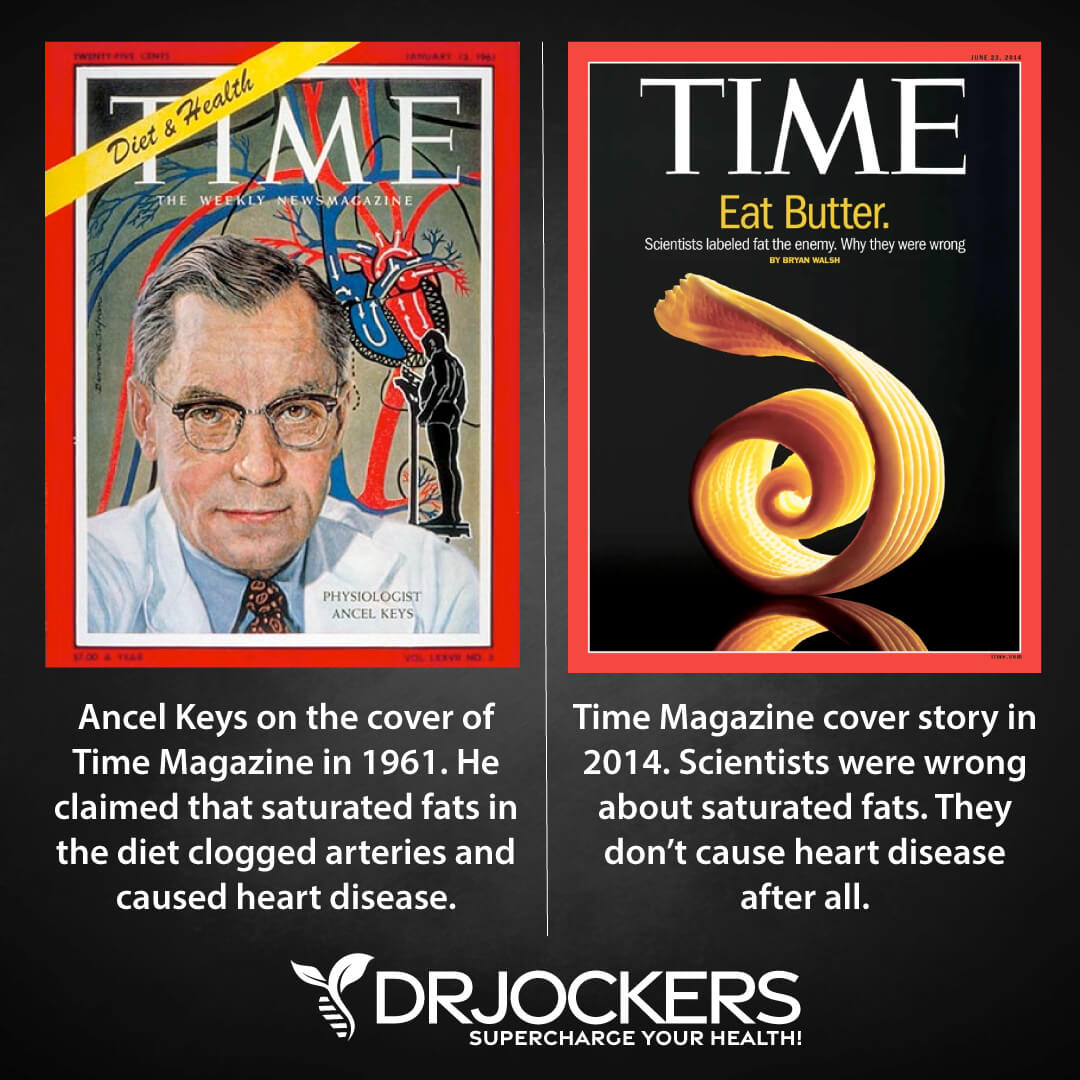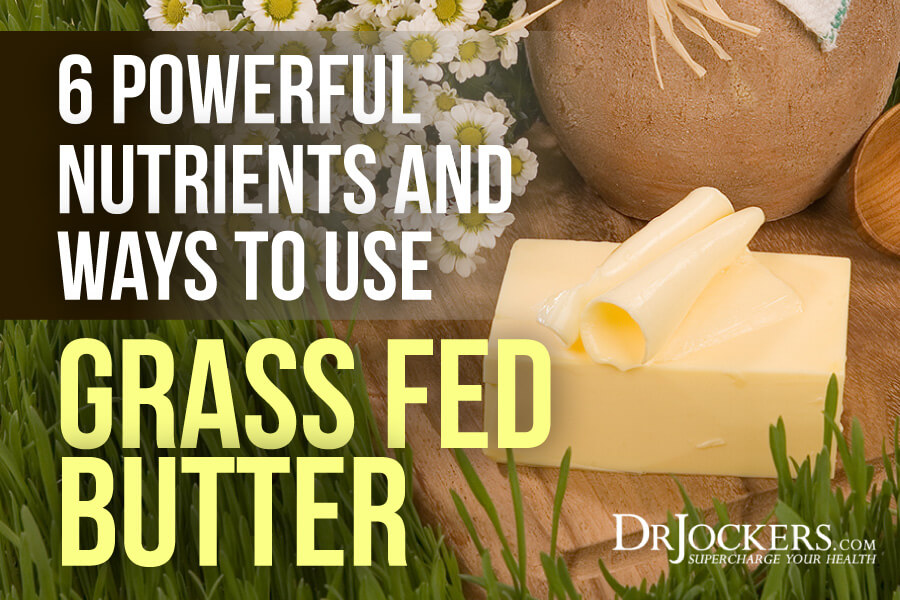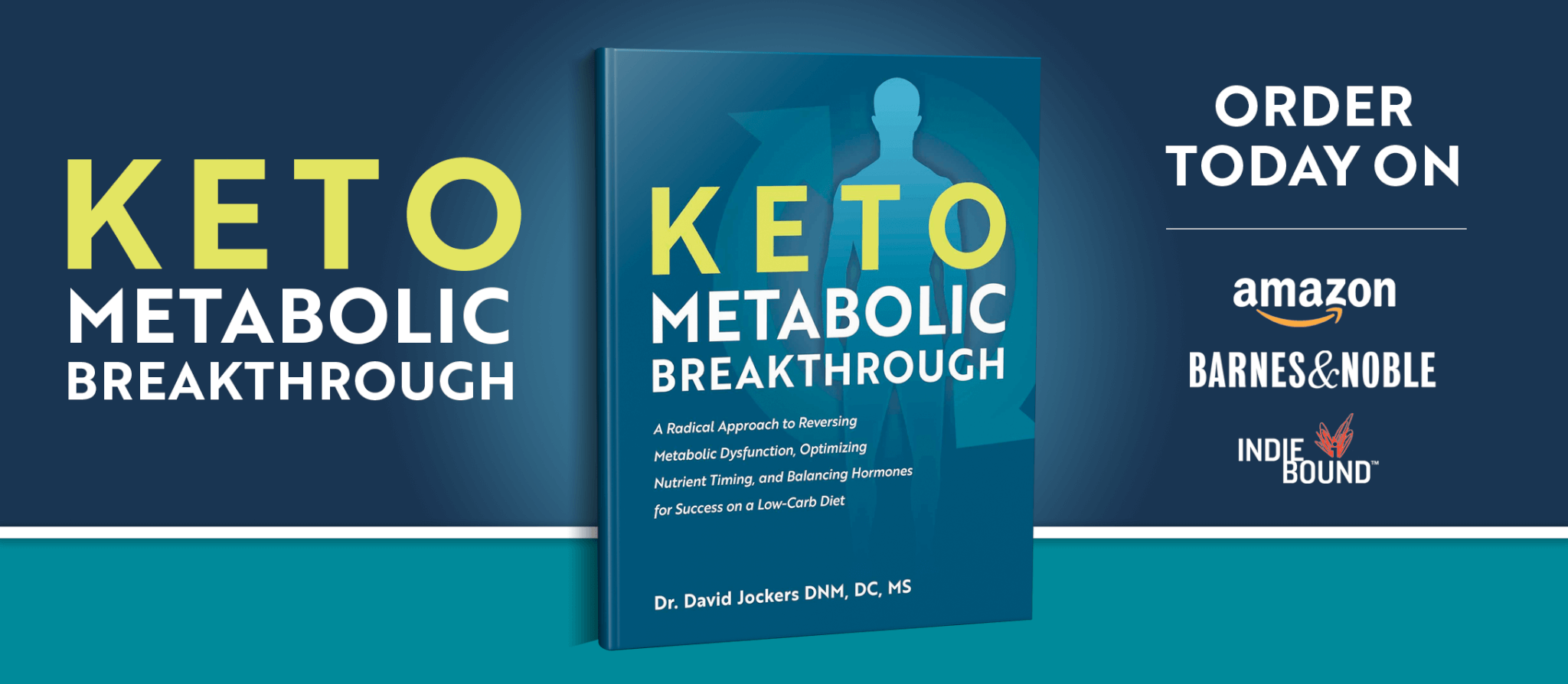6 Ways to Use Grass Fed Butter
Grass fed butter is one of my favorite sources of healthy fats. If you are following an anti-inflammatory diet, you are obviously aware of the importance of consuming plenty of dietary fats. Honestly, I feel like grass fed butter is a superfood that many people overlook. Using grass fed butter on an anti-inflammatory diet is great for your health which is good news because it is also one of the tastiest foods on the planet.
If you are hesitant to make grass-fed butter a staple in your diet, I am going to tell you why not to be. Rarely do I come across someone who does not love the taste of butter. However, I often encounter people who feel that consuming butter is unhealthy.
People still believe that butter is something that will clog your arteries. What research shows however, is that the compounds in grass fed butter may actually protect us from heart disease in addition to providing several other benefits.

Reasons to Eat Butter
Butter is actually a clever package of nutrients designed by nature that has a wide range of benefits. People have been persuaded into thinking that eating too much butter has many negative health effects. In reality, the benefits of butter are the exact opposite of what we have been led to believe for a long time.
In fact, what we’ve been told about fats in general has been exposed and now people everywhere are experiencing higher levels of vitality by following a high-fat ketogenic diet. Adding butter to a ketogenic diet provides several benefits, mainly attributed to its unique nutrients.

Butyrate
Butyrate is a short-chain fatty acid (SCFA) that is produced by bacteria in the gut when metabolizing fiber from the diet. While the gut bacteria are able to manufacture butyrate in small amounts, dairy products are actually nature’s most concentrated source of this SCFA, particularly butter.
Butyrate improves the function of the intestinal barrier, making it helpful in combatting leaky gut (1).
Butyrate also has several other benefits including boosting metabolism, balancing gut bacteria, supporting mitochondrial health, and supporting brain health (2). Increasing butyrate intake may help in many inflammatory bowel conditions, intestinal cancers, neurological disorders, and metabolic disorders.
Retinol
While vitamin A precursors like beta-carotene and other carotenoids can be found in many vegetables, fat-soluble vitamin A (considered the active form) in the form of retinol is exclusively found in animal products and cannot be manufactured in the body (3). Butter, along with things like liver, cod liver oil, and pasture-raised eggs are some of the best sources of retinol.
Retinol supports eye health as it is part of a molecule called rhodopsin which is what allows light to interact with the structures in our eyes to create vision. It has also been shown to help support healthy skin by helping to improve collagen formation in connective tissue. Retinol also acts as an antioxidant in the body to scavenge oxidative stress and slow aging. Finally, having adequate vitamin A is critical for proper immune function.

Omega 3 Fatty Acids
Conventional butter as well as most vegetable-based fats are extremely high in omega-6 fatty acids. Having a high amount of omega-6 fats in comparison to omega-3 fats is highly inflammatory to the body. Additionally, omega-3 fatty acids such as EPA and DHA both have very important functions in the body such as healthy brain protection and development (4).
While the best sources of these fatty acids are wild caught fish like sockeye salmon and sardines, grass-fed butter also contains a healthy dose of omega-3. In fact, animal products in general that come from grass-fed or pasture-raised sources are significantly higher in omega-3 fatty acids compared to conventionally raised animal products (5).


Neurotransmitter Supporting Nutrients
Nutrients like choline and serine are absolutely necessary for the health of the structures in our nervous system and the production of neurotransmitters. Choline specifically is used in the brain to make acetylcholine, which is required for healthy memory formation and recall. Acetylcholine also plays an important role in bowel motility to ensure regularity.
Phosphatidylserine is found in every human cell and serves a number of important functions like growing healthy brain tissue, forming healthy bones, and regulating immune activity. These things are highest in animal products like pastured eggs and liver, however butter is also a great source.

Conjugated Linoleic Acid
Conjugated Linoleic acid (CLA) is a long-chain fatty acid with powerful healing benefits. Not too long ago, it was the number one selling fat-burning supplement in America. The benefits extend far greater than just fat-burning however. Other benefits of CLA include cancer fighting properties, blood sugar stabilizing effects, protection from heart disease, and even improved bone formation (6).
It is important to mention again that grass-fed cows produce butter with a substantially higher concentration of things like CLA, just like the rest of the nutrients listed so far. One final thing to mention about CLA is that it is a potent anti-inflammatory agent that acts on pro-inflammatory prostaglandin PGE2. This action may be helpful for decreasing inflammation in the joints, muscles, bones, organs, and brain.
Vitamins D & K
The majority of our society is deficient in fat-soluble vitamins. Vitamins D and K work together to ensure proper bone formation by ensuring that calcium reaches its proper destination. If calcium metabolism is inhibited, then things like gall/kidney stones, osteoporosis, and arterial plaques are much more likely to develop.
While Vitamin D is primarily received from adequate sun exposure, Vitamin K is mostly found in dairy and certain fermented foods. Grass-fed butter contains a healthy dose of Fat-soluble Vitamins A, D, and K, making it a great source of bone boosting nutrition.
Quality Matters
When I say butter is healthy, I always have to emphasize the importance of purchasing butter from grass-fed sources. This is important because grass is a cow’s intended diet and results in a much more nutrient-dense product.
Cows that are kept in cramped pins while being fed corn and soy will produce nutrient-depleted dairy. Additionally, this kind of factory farm environment is extremely stressful for the cows and harmful to the environment. Pasture-based farming practices can be used to restore valuable nutrients to the soil and help restore damage that has been done to over-farmed lands.

If You Have A Dairy Sensitivity
While most people do very well with grass-fed butter in their diets, I often encounter people who are extremely sensitive to dairy products. These people cannot consume anything that contains milk-based proteins. In these cases, I recommend using ghee instead.
Ghee is what is called clarified butter. It is processed in a way that separates the protein and fat components from each other and the final product is virtually pure fats. In this form, many people who are sensitive to dairy can still enjoy the many benefits of grass fed butter.

Ways to Use Grass Fed Butter
Using grass fed butter is fairly straight-forward. It tastes good on almost everything, so I am sure you know plenty of ways to use it in your diet. If you are looking for more ways to incorporate grass fed butter into your diet, the following may provide as inspiration.
Grass Fed Butter For Baking
Many people think that being on a ketogenic diet means no delicious dessert foods. It turns out, however, that there are plenty of ways to make ketogenic-friendly desserts. Using grass fed butter in these recipes provides a delicious flavor along with the benefits listed above.
Some of my favorite baked recipes are the Coconut Flour Bread and Zucchini Coconut Keto Bread. We have plenty of baking recipes here on our site, feel free to replace coconut oil with butter in a number of them!
Grass Fed Butter On Top of Meats & Veggies
Technically, grass fed butter has a relatively high smoke point and can be used for cooking. Personally, I avoid cooking with butter as it can damage some of the beneficial nutrients we have talked about. In particular, the fat soluble antioxidants will not hold up under the heat.
I would recommend cooking in something like coconut oil, avocado oil, or an animal fat like tallow. Just after cooking, when your food is still hot, is a great time to add a healthy serving of butter to melt over your meats and veggies. I am a big fan of being generous with the butter to add healthy fats that help you feel full and satiated and keep your blood sugar levels stable.
Fat Burning Drinks with Grass Fed Butter
This use is often overlooked but you can actually use butter in various beverages to turn them into super fat-burning meals. One of my favorites is Turmeric Fat Burning Coffee as it is super anti-inflammatory and tastes amazing. Some other variations to try are Keto Matcha Green Tea and this decaffeinated version.
Another great way to use butter is to blend it up with warm bone broth such as Kettle & Fire for a powerful gut-healing drink full of nutrition. For added ketogenic benefits, you can always add in a good MCT oil to support ketone production and fat burning.
Inflammation Crushing Ebundle
The Inflammation Crushing Ebundle is designed to help you improve your brain, liver, immune system and discover the healing strategies, foods and recipes to burn fat, reduce inflammation and Thrive in Life!
As a doctor of natural medicine, I have spent the past 20 years studying the best healing strategies and worked with hundreds of coaching clients, helping them overcome chronic health conditions and optimize their overall health.
In our Inflammation Crushing Ebundle, I have put together my very best strategies to reduce inflammation and optimize your healing potential. Take a look at what you will get inside these valuable guides below!










